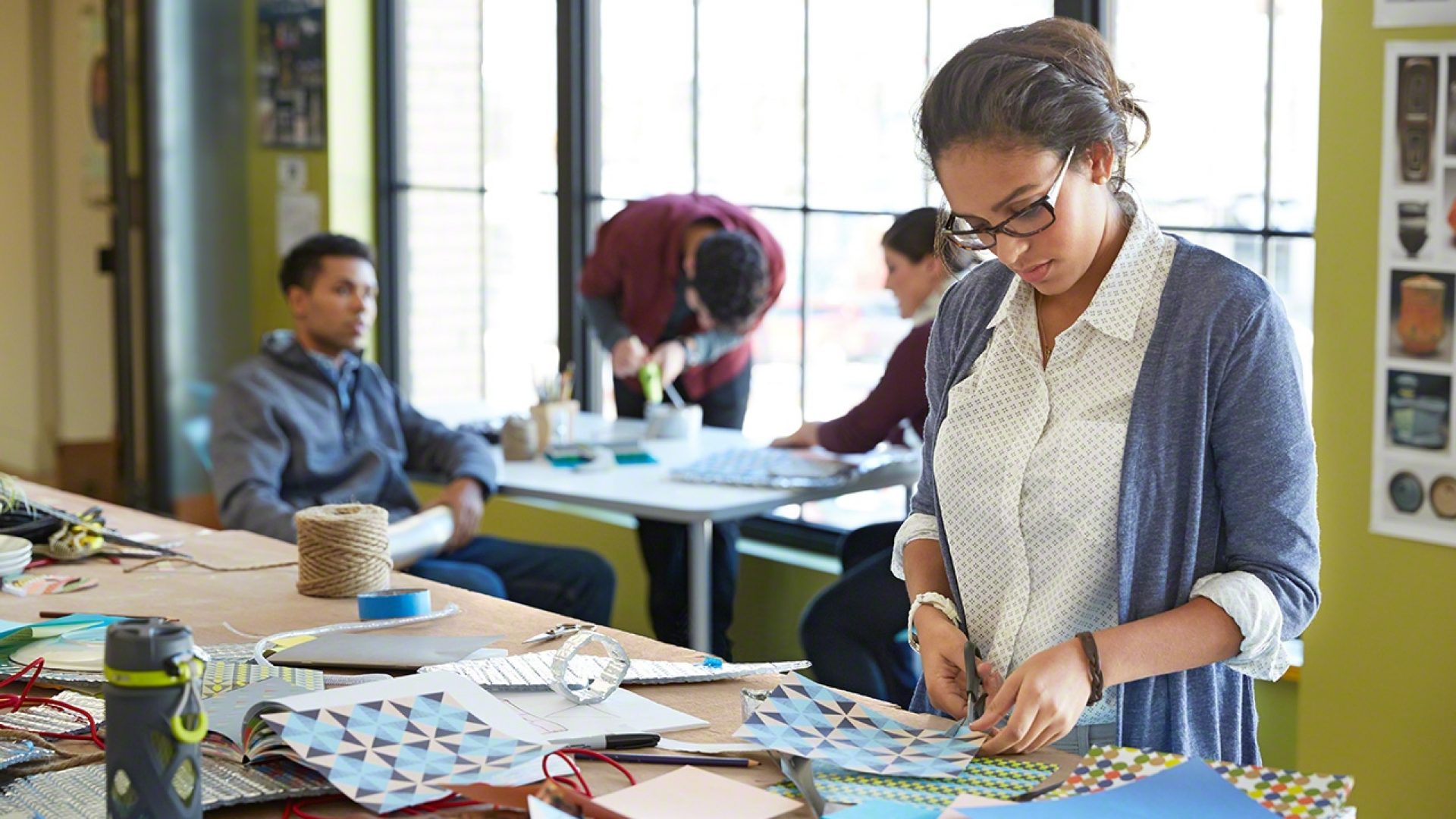- Blog
- 4 Effective Ways to Support Introverts in the Classroom
4 Effective Ways to Support Introverts in the Classroom

While getting used to homework and early mornings again is tough for most students come September, for introverts, the transition can be even tougher. As introverted author and speaker Susan Cain puts it, “What an extroverted act it is in the first place to go to school. All day long, you are in a classroom full of people with constant stimulation.” Finding energy in quiet and solitude, introverts are often left unsupported in the hustle and bustle of the school day. So how can educators take steps to care for their introverted students, young and old? With the help of Susan Cain and her Quiet Revolution, as well as a few resources of our own, we provide four ways to support introverts in the classroom this year.
1. Redefine classroom participation
When extroverted teacher Jessica Lahey posted an article titled “Introverted Kids Need to Learn to Speak Up In School,” she received a firestorm of comments she hadn’t quite anticipated. At their most civil, the comments targeted her as being uninformed. About what? The definition of what an introvert actually is. After much re-assessing, reading, learning, and fielding responses, Jessica learned an important lesson — introverted is not the same as shy. Thus she needed to come up with ways to engage those students who were not afraid to speak up, but who rather preferred to speak to just one person rather than twenty, or who needed to process their thoughts before sharing, or who enjoyed writing answers rather than saying them aloud. As such, Lahey employed the “Think, Pair, Share” method, which has proven to be effective in promoting dialogue among students of diverse personalities. In addition to this useful technique, teachers might use these helpful tools, such as giving students a question to think about overnight rather than on the spot, or employing large pieces of paper on which students can annotate and then display.
 The Node chair on casters allows for movement between independent and group work, and offers each student their own work surface — a necessity for introverts.
The Node chair on casters allows for movement between independent and group work, and offers each student their own work surface — a necessity for introverts.
2. Classroom design
For an introvert, sitting down at a desk pushed into a pod formation can put her immediately ill-at-ease, as she doesn’t have the stimulation-free space to retreat into herself for reflection. Whether the student next to them is talking, kicking, shifting, or otherwise, introverts’ heightened sense of stimulation makes it difficult to tune out the noise and presence of others in close proximity. To support introverts’ cognitive and physical wellbeing in the classroom, they should be given the space to think and learn according to their preferences. The Node chair on casters is a great way to balance the needs of individuals and groups, as this chair makes it easy to reconfigure desks into rows, pairs, pods, and more.
What’s more, introverts may be more apt to participate in class if they’ve had a stretch of time to themselves. Perfect for libraries, media centers, and common areas, the Brody WorkLounge is a great way to create space for overstimulated kids throughout the day.
3. Insert quiet times throughout the day
Building off of the previous two tips, this one can achieve multiple ends. First, having quiet time for reading, writing, reflection, art, or other activities allows introverts the time and space to excel in their own ways. Secondly, quiet time gives introverts the energy they need to face the crowd or class again.
 Placed in a media center or common area, the Brody WorkLounge offers introverts a place to retreat and recharge.
Placed in a media center or common area, the Brody WorkLounge offers introverts a place to retreat and recharge.
4. Less group work
Collaboration is the name of the game these days — whether in the classroom or, later, in the workplace, introverts are likely to come up against the discomfort of working in a group against their more natural flow of independence. While group work cannot and should not be done away with entirely, creating a balance between group and independent work is essential for introverts’ wellbeing.
With an entire school year before us, educators have plenty of time to practice these techniques alongside introverts in the classroom. We want to hear from introverts: what other techniques would be helpful, either in school or at work? Share with us in the comments below.
Interested in taking the next step to create education settings that empower all students? Schedule a tour of Custer and Steelcase’s education settings, or email our education specialist directly.


